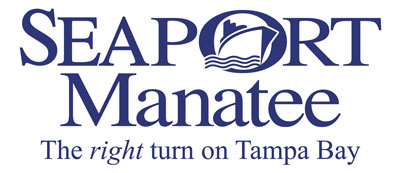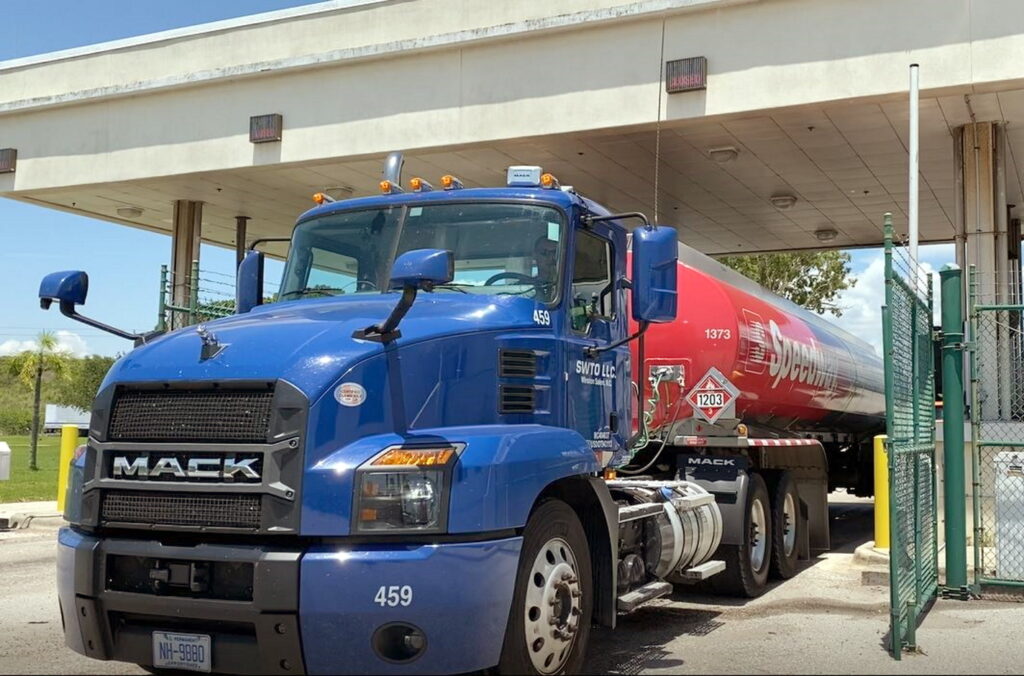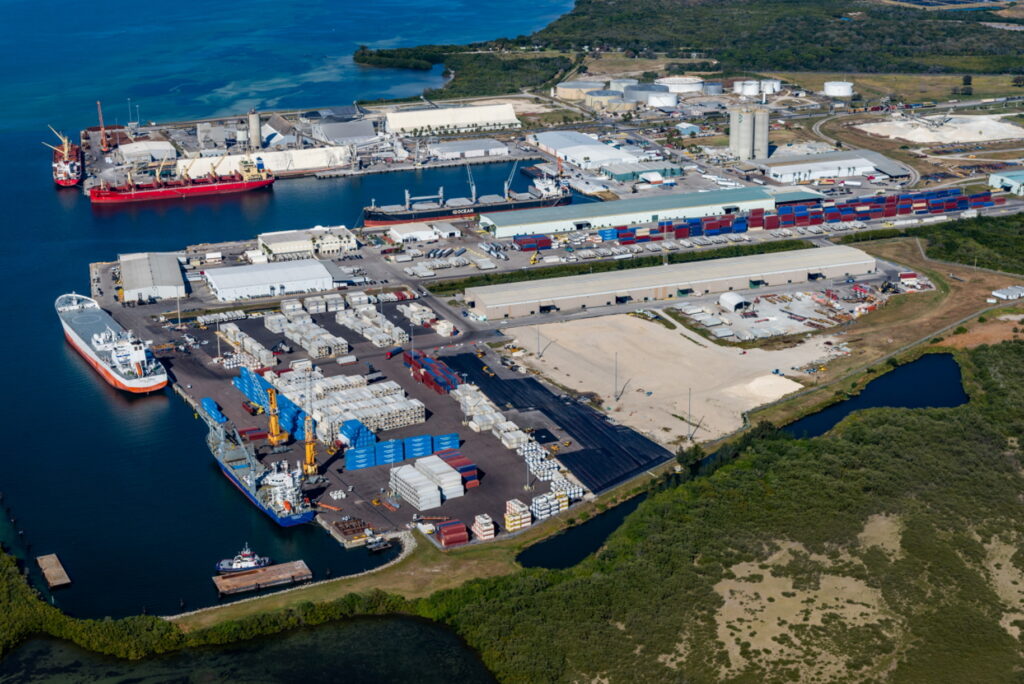
U.S. Coast Guard suspends investigation after samples collected from port users do not match oil found in basin
PALMETTO, Florida – SeaPort Manatee officials deeply appreciate the careful and persistent work of the U.S. Coast Guard related to its recent response activities at the port. None of the samples collected for type-testing at the port matched the oil found in the inner harbor. The Coast Guard has been unable to determine the source and factors that led to the incident and suspended its investigation, vindicating SeaPort Manatee users.
“On behalf of the Manatee County Port Authority, I wish to express my appreciation to the U.S. Coast Guard for its tireless efforts in cleaning up and investigating the recent event at the port,” said James Satcher, chairman of the Manatee County Port Authority. “While it is disappointing that the investigation could not pinpoint the origin of the material, we are reassured in our proactive response efforts and pleased to learn that it was not identified as coming from a Seaport Manatee-related source.”
As part of SeaPort Manatee’s ongoing port inspection efforts, port team members were among the first to notice a visible discoloration within the basin, and immediately notified the National Response Center. The U.S. Coast Guard’s prompt response in deploying boom and initiating its clean-up process has resulted in the complete removal of the material at the port. An endangered species analysis of the area conducted by the National Oceanic and Atmospheric Administration found that no fish or wildlife had been affected.
Located “Where Tampa Bay Meets the Gulf of Mexico,” SeaPort Manatee is a dynamic global trade hub, serving as the vibrant ships-to-shelves gateway for burgeoning Southwest and Central Florida markets, with convenient rail and roadway links, including to the distribution-center-filled Tampa/Orlando Interstate 4 corridor. The closest U.S. deepwater seaport to the expanded Panama Canal, SeaPort Manatee offers 10 deep-draft berths, proficiently fulfilling diverse demands of container, liquid and dry bulk, breakbulk, heavylift, project and general cargo customers. The self-sustaining port generates more than $5.1 billion in annual economic impacts while providing for more than 37,000 direct and indirect jobs – all without benefit of local property tax support.






